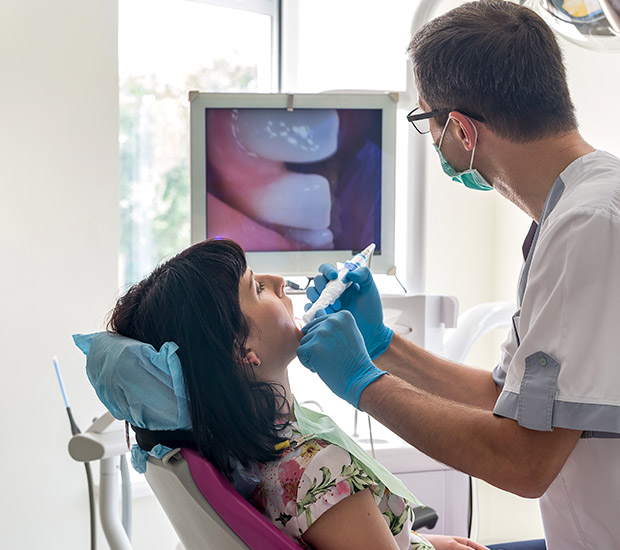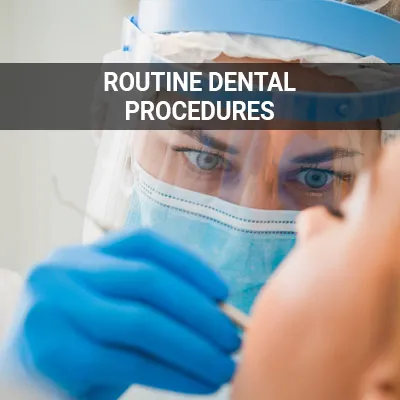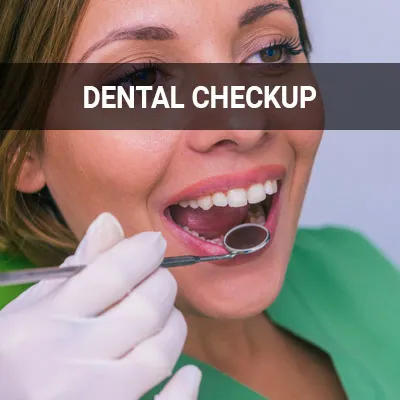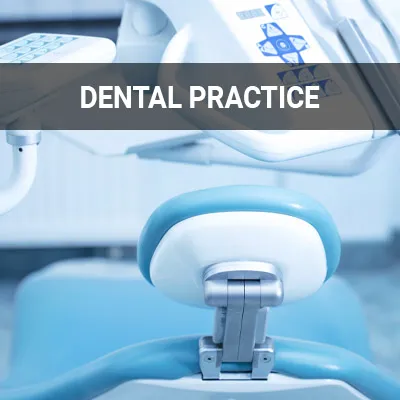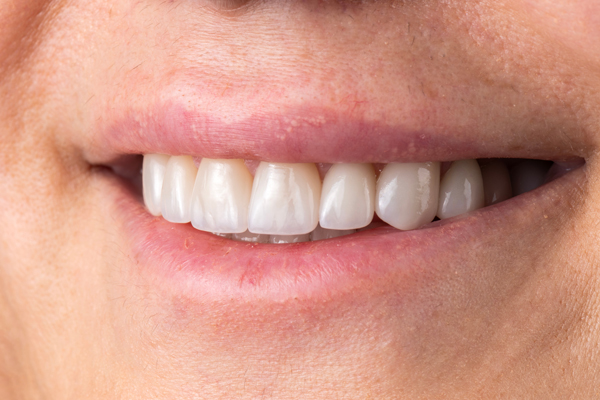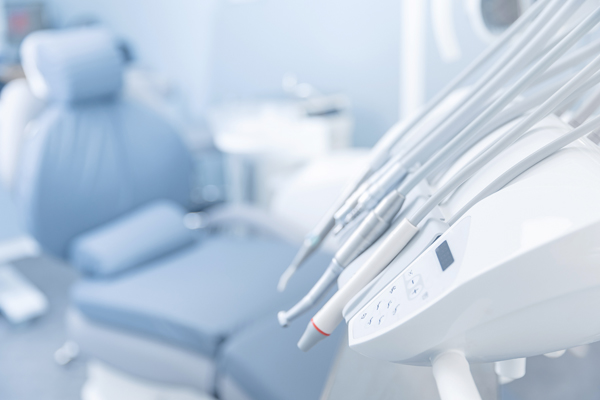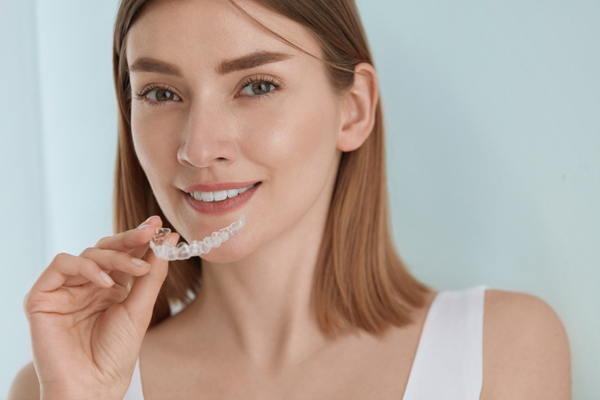Intraoral Photos Charlotte, NC
Intraoral cameras allow dentists to expand their interpretation and perception of a patient's condition. They also assist in the execution of a well-made, personalized treatment plan. Intraoral photos may reveal any defects in the teeth and other parts of the oral cavity that may have otherwise gone unnoticed.
Dental photos are available at Randolph Dental Care in Charlotte and the surrounding area. Intraoral photography can help enhance patient education and expedite the healing process. Call us today at (704) 366-3622 to schedule an appointment or to learn more about our services.
The History of Intraoral Cameras
The first intraoral camera was developed in 1987. These cameras were large, unwieldy, and pricey, at an average cost of about $40,000 per unit, and they consisted of a dental endoscope, a light scope, and a remote head micro camera. They required a handpiece, video processor, and dedicated computer to process the captured images and videos.
Today's intraoral camera systems are much more portable and easy to use. They have USB connectivity instead of a large docking station, making them lightweight and ergonomic. Many look just as conventional cameras do, and they can produce higher-quality images and videos that are readily available to view. As such, they have become so easy to use that they are quickly becoming a standard part of many dentists' operatories.
“Today’s intraoral camera systems are much more portable and easy to use.”
When to Use Intraoral Cameras
Intraoral cameras are an invaluable diagnostic tool. They facilitate patient education and help dentists better communicate with their patients. They are used regularly in dental examinations, particularly when determining accurate charting, assessing caries risk, and identifying restorative materials (both existing and ideal). Intraoral cameras are frequently used in place of mirrors, probes, and radiographs to evaluate the teeth.
Furthermore, intraoral cameras can help dentists show the importance of oral hygiene. By allowing patients to visualize the state of their oral health, dentists can use intraoral cameras to demonstrate proper oral hygiene practices. This may also enable patients to better understand any oral health conditions they may be afflicted with and, thus, assist in informed decision-making in the future.
“…intraoral cameras are frequently used in place of mirrors, probes, and radiographs to evaluate the teeth.”
What an Intraoral Camera Can Reveal
An intraoral camera reveals parts of the mouth that can be difficult to see with the naked eye. Many dentists use it as an educational tool, allowing patients to see the inside of their mouth in a way they never have before. It can be shocking to see the condition of one's teeth for the first time.
Through the use of dental photos, patients can see the areas that are frequently missed during flossing and brushing as well as any signs of gum disease. This provides an opportunity for the dentist and the patient to have a conversation about the importance of preventative dental health. In addition, intraoral photos can help the dentist better explain any conditions a patient may have and how to manage them.
Photos and videos taken by the intraoral camera can also set a baseline for oral health conditions. Storing photos on file allows the dentist to compare them during future appointments. This allows them to better assess whether past dental treatments have made improvements to the patient's oral health. Dental photos allow us to easily monitor the progress of the patient's oral health.
“An intraoral camera reveals parts of the mouth that can be difficult to see with the naked eye.”
Check out what others are saying about our dental services on Yelp: Intraoral Photos in Charlotte, NC
Improving Diagnosis
Intraoral cameras help the dentist uncover problems before they become serious and are a vital part of preventative dentistry. Dental photos allow the dentist to better examine gum conditions, tooth surfaces, and other tiny details such as filling damage, potential cavities, and hairline fractures. An intraoral camera can pick up details that are difficult to see with traditional tools.
Early detection allows dentists to create an effective treatment plan and helps prevent future complications. Dental photos can also help in oral cancer screenings. The camera can take photos of any suspicious lesions or tumors. These photos can then be sent to a cancer specialist for better assessment and diagnosis.
“Intraoral cameras can help the dentist uncover problems before they become serious and are a vital part of preventative dentistry.”
Questions Answered on This Page
Q. What is an intraoral camera?
Q. What are intraoral cameras for?
Q. What can an intraoral camera reveal?
Q. How intraoral cameras improve diagnosisl?
People Also Ask
Q. What should a home oral care routine include?
Q. What happens at a dental checkup?
Frequently Asked Questions
Q. What is an intraoral camera?
A. An intraoral camera is a tool used to examine your mouth in a detailed way. It is shaped like a large pen and has a camera that takes photos and sometimes videos. It is a high-tech version of the dental mirror.
Q. Who would benefit from intraoral photos?
A. If you are the type of patient who needs to see visual evidence of a diagnosis, an intraoral camera will provide extra information. Dental photos help you to see exactly what the dentist is seeing. These detailed images can show where there is decay or a crack that needs repair, even if you are not experiencing any symptoms.
Q. Does an intraoral camera hurt?
A. This type of camera is very small and specifically designed to be used inside of your mouth. Images are captured quickly and comfortably. It is more comfortable than a lot of other dental equipment, which can sometimes trigger your gag reflex.
Q. What can an intraoral camera be used for?
A. An intraoral camera allows the dentist to see parts of the mouth that are otherwise hard to navigate with traditional tools. It can help screen for oral cancer as an educational tool and help the dentist identify areas of concern, from cracks in fillings to small fractures. Patients can also see any areas that they miss when brushing and flossing.
Q. How often are intraoral photos taken and used?
A. Intraoral photography is used by most dental practitioners. It is recommended to be taken once yearly to ensure proper diagnoses and progression of any patient's oral health status. You may request to take intraoral photos at your next appointment.
Dental Terminology
Call Us Today
Dental photography can help patients better understand their conditions and maintain their oral health. We at Randolph Dental Care can help. Call us today at 704-366-3622 to schedule an appointment or to learn more about our services.
Helpful Related Links
- American Dental Association (ADA). Glossary of Dental Clinical Terms. 2024
About our business and website security
- Randolph Dental Care was established in 2016.
- We accept the following payment methods: American Express, Cash, Check, Discover, MasterCard, and Visa
- We serve patients from the following counties: Mecklenburg County
- We serve patients from the following cities: Charlotte, Matthews, Huntersville, Fort Mill, and Pineville Mint Hill
- Norton Safe Web. View Details
- Trend Micro Site Safety Center. View Details
Back to top of Intraoral Photos
